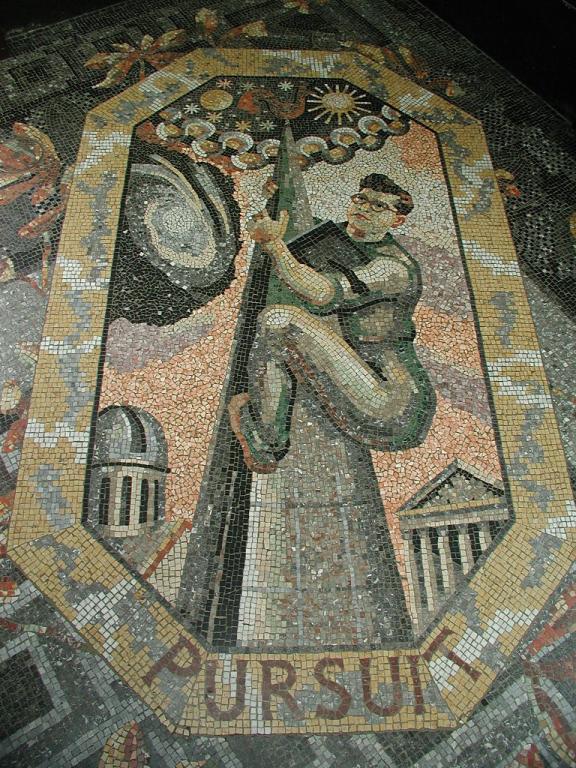
***
Shorn of commercials and other distractions, the Interpreter Radio Roundtable for Come, Follow Me Old Testament Lesson 7, “To Be a Greater Follower of Righteousness,” on Genesis 12–17; Abraham 1–2, is now archived and available at no charge for your edification and entertainment. The panelists for this roundtable were Neal Rappleye, Jasmin Rappleye, and Hales Swift, with special guest Martin Tanner. This roundtable was extracted from the 3 January 2022 broadcast of the Interpreter Radio Show. The complete broadcast (absent the commercials and other such interruptions) may be heard at https://interpreterfoundation.org/interpreter-radio-show-January-3-2022/. The Interpreter Radio Show can be heard in Salt Lake County each and every Sunday evening from 7 to 9 PM (MDT), on K-TALK, AM 1640, or, if you’re located anywhere else on Earth, you can listen live on the Internet at ktalkmedia.com. If you’re trying to listen in from space, there may be delays according to your distance from the Salt Lake Valley. The Interpreter Foundation disclaims any responsibility for such delays. They are the result of seemingly immutable laws of nature.
Another generous contribution from Jonn Claybaugh
During the Winter Semester of 1986 at Brigham Young University, Dr. Hugh W. Nibley, at the time a professor emeritus of ancient scriptures, at Brigham Young University, presented a series of 26 lectures to an Honors class on The Pearl of Great Price. This class was videotaped in the Maeser Building and made available by FARMS as both video and audio recordings. The text was then transcribed and included in Ancient Documents and the Pearl of Great Price, published by Deseret Book.
***
I find myself curiously serene about this prospect:
***
I continue to go through previous blog entries here, extracting entries that I think have continuing relevance to topics on which I’m writing. Here are two more.
The first comes from the astronomer and physicist Sir Fred Hoyle (1915-2001), who was typically an overt atheist. As time went by, however, he appeared to mellow, and to have Doubts:
Would you not say to yourself, in whatever language supercalculating intellects use, “Some supercalculating intellect must have designed the properties of the carbon atom, otherwise the chance of my finding such an atom through the blind forces of nature would be less than 1 part in 1040000.” Of course you would. . . . I have always been intrigued by the remarkable relation of the 7.65 Mev energy level in the nucleus of 12C to the 7.12 Mev level in 16O. If you wanted to produce carbon and oxygen in roughly equal quantities by stellar nucleosynthesis, these are the two levels you would have to fix . . . A common sense interpretation of the facts suggests that a super-intellect has monkeyed with physics, as well as with chemistry and biology, and that there are no blind forces worth speaking about in nature. [Sir Fred Hoyle, “The Universe: Past and Present Reflections,” Annual Review of Astronomy and Astrophysics 20 (September 1982): 16]
The second comes from the relatively recently departed Freeman J. Dyson (1923-2020), an eminent English-born American theoretical physicist and mathematician who was associated for many years with Princeton’s Institute for Advanced Study:
Science and religion are two windows that people look through, trying to understand the big universe outside, trying to understand why we are here. The two windows give different views, but they look out at the same universe. Both views are one-sided, neither is complete. Both leave out essential features of the real world. And both are worthy of respect. . . . Trouble arises when either science or religion claims universal jurisdiction, when either religious dogma or scientific dogma claims to be infallible. Religious creationists and scientific materialists are equally dogmatic and insensitive. By their arrogance they bring both science and religion into disrepute. The media exaggerate their numbers and importance. The media rarely mention the fact that the great majority of religious people belong to moderate denominations that treat science with respect, or the fact that the great majority of scientists treat religion with respect so long as religion does not claim jurisdiction over scientific questions.
***
And please don’t forget that tomorrow, 2 February, is Groundhog Day. Perhaps you’ll find time to watch the great film that bears that title. Here’s a blog entry about it that I posted several years ago:
And I’m not the only one who thinks so:
“A Movie for All Time,” by Jonah Goldberg
Of course, that’s not denying that there are some other good ones out there, like Das Leben der Anderen and the original Manchurian Candidate.
But . . . well, they can’t all be winners.
Incidentally, I like The Manchurian Candidate even apart from the scene where Angela Lansbury’s character gets shot. That part just makes it even better.
I can’t account for my wholly irrational dislike of Angela Lansbury. By all accounts, she’s a very talented lady, and extraordinarily nice. But there you have it.
I also enjoy the scene in Titanic where Leonardo DiCaprio’s character dies. From my perspective, it’s the movie’s high point.
Does anybody know of a film in which Hugh Grant bites the dust? That would complete a perfect trifecta, in my view.
Another hommage to Groundhog Day can be viewed here, in this short video clip that was made specifically for . . . well, Groundhog Day:
Jeep® | “Groundhog Day” | Bill Murray | 02.02.2020
Posted from Ka’anapali, Maui, Hawaiʻi












